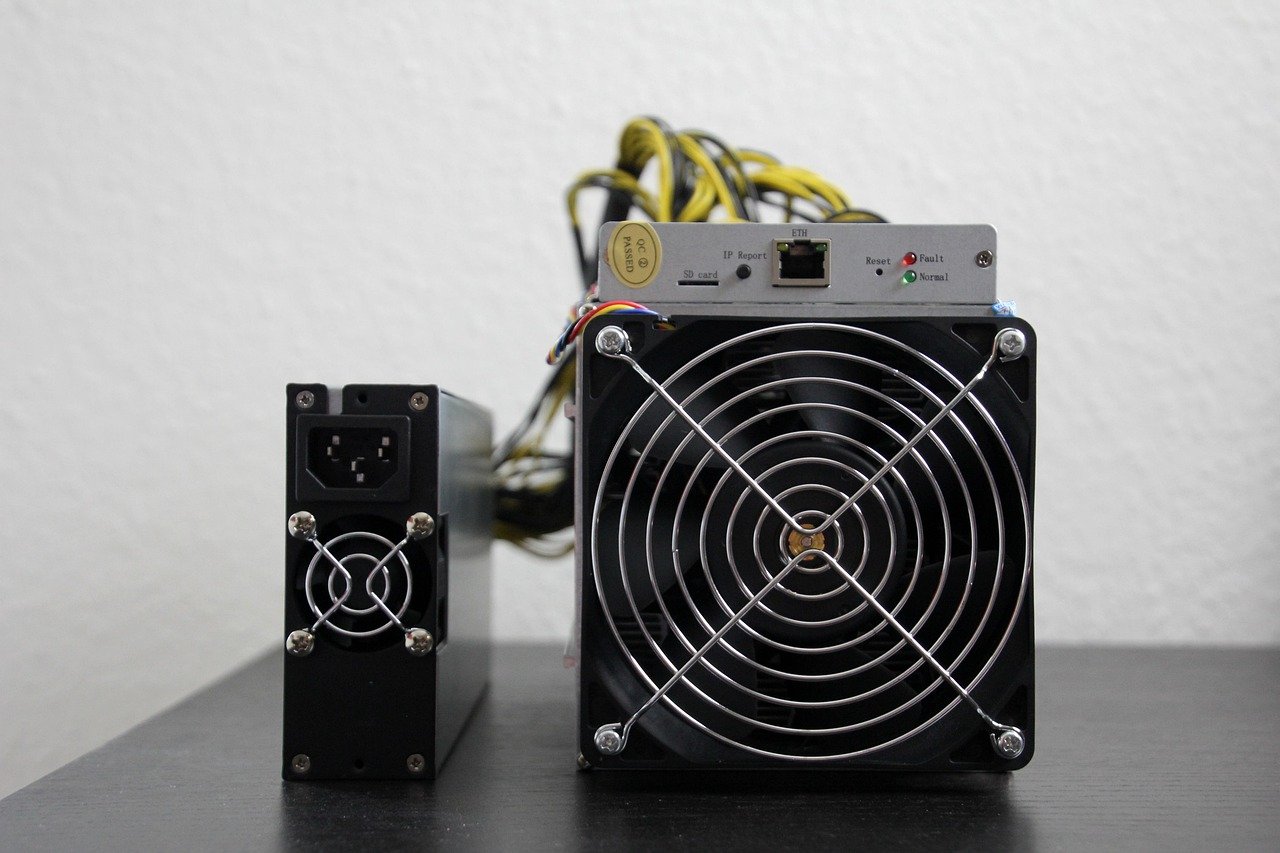Unlocking the potential of your cryptocurrency holdings extends far beyond simple buy-and-hold strategies. Enter yield farming, a revolutionary concept within the Decentralized Finance (DeFi) landscape that allows you to earn rewards by providing liquidity to various DeFi protocols. This article will delve into the intricacies of yield farming, exploring its mechanisms, risks, and potential rewards, providing you with a comprehensive understanding of this innovative investment strategy.
What is Yield Farming?
The Basics of Yield Farming
Yield farming, at its core, is the practice of staking or lending your cryptocurrency assets to earn rewards. These rewards often come in the form of additional cryptocurrency or governance tokens, effectively allowing you to generate passive income from your holdings. Think of it like earning interest on your savings account, but with potentially much higher returns, albeit with increased risk.
- Liquidity Pools: The backbone of yield farming is the concept of liquidity pools. These are pools of cryptocurrency tokens locked in smart contracts, providing liquidity for decentralized exchanges (DEXs) and other DeFi applications.
- Liquidity Providers (LPs): Individuals who contribute their tokens to these liquidity pools are known as liquidity providers. In return for providing liquidity, LPs receive fees generated from trading activities within the pool.
- Yield Farming Rewards: Beyond trading fees, liquidity providers often receive additional rewards in the form of governance tokens or other cryptocurrencies. These rewards incentivize users to lock up their assets and contribute to the stability and efficiency of the DeFi ecosystem.
How Yield Farming Works: A Step-by-Step Example
Let’s illustrate this with a practical example using a hypothetical DEX called “SwapCoin.”
Key Terminology in Yield Farming
- APY (Annual Percentage Yield): The total rate of return earned on a yield farming strategy, taking into account compounding interest and rewards over a year.
- APR (Annual Percentage Rate): The annual rate of return without considering compounding.
- Impermanent Loss: The potential loss of value when the price of the tokens in a liquidity pool diverge from each other. This is a crucial risk to understand.
- Staking: Locking up cryptocurrency assets in a smart contract to earn rewards.
- DeFi Protocols: Decentralized financial applications that facilitate lending, borrowing, trading, and other financial services on a blockchain.
- Smart Contracts: Self-executing contracts written in code that automate and enforce the terms of an agreement.
Benefits of Yield Farming
Earning Passive Income
The most significant benefit of yield farming is the potential to earn passive income from your cryptocurrency holdings. Instead of simply holding your assets, you can put them to work and generate returns.
- Higher Returns than Traditional Finance: Yield farming often offers significantly higher returns compared to traditional savings accounts or fixed-income investments.
- Compounding Effects: Rewards earned through yield farming can be reinvested to further increase your earnings, leading to a compounding effect.
Contributing to DeFi Ecosystem
Yield farming plays a vital role in strengthening the DeFi ecosystem by providing liquidity to decentralized exchanges and other applications.
- Enhanced Liquidity: Increased liquidity makes it easier for users to buy and sell cryptocurrencies, improving the overall efficiency of the DeFi market.
- Decentralized Governance: Many yield farming protocols offer governance tokens as rewards, allowing users to participate in the decision-making process and shape the future of the platform.
Flexible Investment Options
Yield farming offers a wide range of investment options with varying risk profiles and potential returns. You can choose strategies that align with your risk tolerance and investment goals.
- Variety of Pools and Strategies: Different liquidity pools offer different reward structures and levels of risk.
- Adaptable to Market Conditions: You can adjust your yield farming strategies based on market conditions and the performance of different protocols.
Risks Associated with Yield Farming
Impermanent Loss Explained
Impermanent loss is a significant risk in yield farming. It occurs when the price of the tokens in a liquidity pool diverges significantly. The greater the divergence, the greater the potential for impermanent loss.
- Example: Let’s say you deposit $100 worth of ETH and $100 worth of USDT into a liquidity pool. If the price of ETH doubles, the liquidity pool will automatically rebalance to maintain an equal value of ETH and USDT. This means you’ll have less ETH and more USDT compared to if you had simply held the assets. When you withdraw your tokens, you might receive less value than your initial deposit.
- Mitigation Strategies: Choose stablecoin pairs (USDT/USDC) to minimize price divergence, or carefully monitor the performance of your liquidity pool and adjust your strategy as needed.
Smart Contract Risks
Smart contracts are the foundation of DeFi, but they are also vulnerable to bugs and exploits. A flaw in a smart contract can lead to the loss of funds.
- Auditing and Security: Look for yield farming protocols that have been audited by reputable security firms.
- Diversification: Don’t put all your eggs in one basket. Diversify your investments across multiple protocols to reduce your overall risk.
Volatility and Market Risk
The cryptocurrency market is highly volatile, and the value of your assets can fluctuate significantly. Changes in market sentiment or regulatory developments can impact the performance of your yield farming strategies.
- Stay Informed: Keep up-to-date with the latest news and developments in the cryptocurrency market.
- Risk Management: Use stop-loss orders and other risk management tools to protect your investments.
Rug Pulls and Scam Projects
Unfortunately, the DeFi space is not immune to malicious actors. Rug pulls occur when developers abandon a project after attracting a significant amount of investment, leaving investors with worthless tokens.
- Due Diligence: Thoroughly research any yield farming protocol before investing. Look for signs of legitimacy, such as a transparent team, a strong community, and a clear roadmap.
- Start Small: Begin with a small investment to test the waters before committing a large sum of money.
Strategies for Successful Yield Farming
Research and Due Diligence
Thorough research is essential for successful yield farming. Understand the protocols, the risks, and the potential rewards before investing.
- Protocol Analysis: Evaluate the fundamentals of the yield farming protocol, including its technology, team, and community.
- Tokenomics: Understand the tokenomics of the governance token, including its supply, distribution, and utility.
Diversification and Risk Management
Diversifying your investments across multiple protocols and using risk management tools can help mitigate potential losses.
- Allocate Across Multiple Pools: Don’t concentrate your investments in a single liquidity pool. Spread your assets across different pools to reduce the impact of impermanent loss or protocol failures.
- Use Stop-Loss Orders: Implement stop-loss orders to automatically sell your assets if the price falls below a certain level.
Monitoring and Adjusting Strategies
Regularly monitor the performance of your yield farming strategies and adjust them as needed based on market conditions and protocol updates.
- Track APY and Impermanent Loss: Monitor the APY of your yield farming positions and track any potential impermanent loss.
- Adapt to Market Changes: Be prepared to adjust your strategies based on changes in market sentiment, protocol updates, or new opportunities.
Security Best Practices
Protect your cryptocurrency assets by following security best practices.
- Use a Hardware Wallet: Store your private keys on a hardware wallet to protect them from online threats.
- Enable Two-Factor Authentication (2FA): Enable 2FA on all your cryptocurrency accounts to add an extra layer of security.
- Be Wary of Phishing Scams: Be cautious of phishing emails and websites that attempt to steal your private keys or personal information.
Conclusion
Yield farming presents a compelling opportunity to earn passive income from your cryptocurrency holdings and actively participate in the burgeoning DeFi ecosystem. However, it’s crucial to approach yield farming with a thorough understanding of the risks involved, including impermanent loss, smart contract vulnerabilities, and market volatility. By conducting thorough research, diversifying your investments, employing robust risk management strategies, and staying informed about the latest developments in the DeFi space, you can navigate the complexities of yield farming and potentially unlock significant rewards. Remember that this is still an evolving and somewhat nascent area, so continuous learning is key to success.



